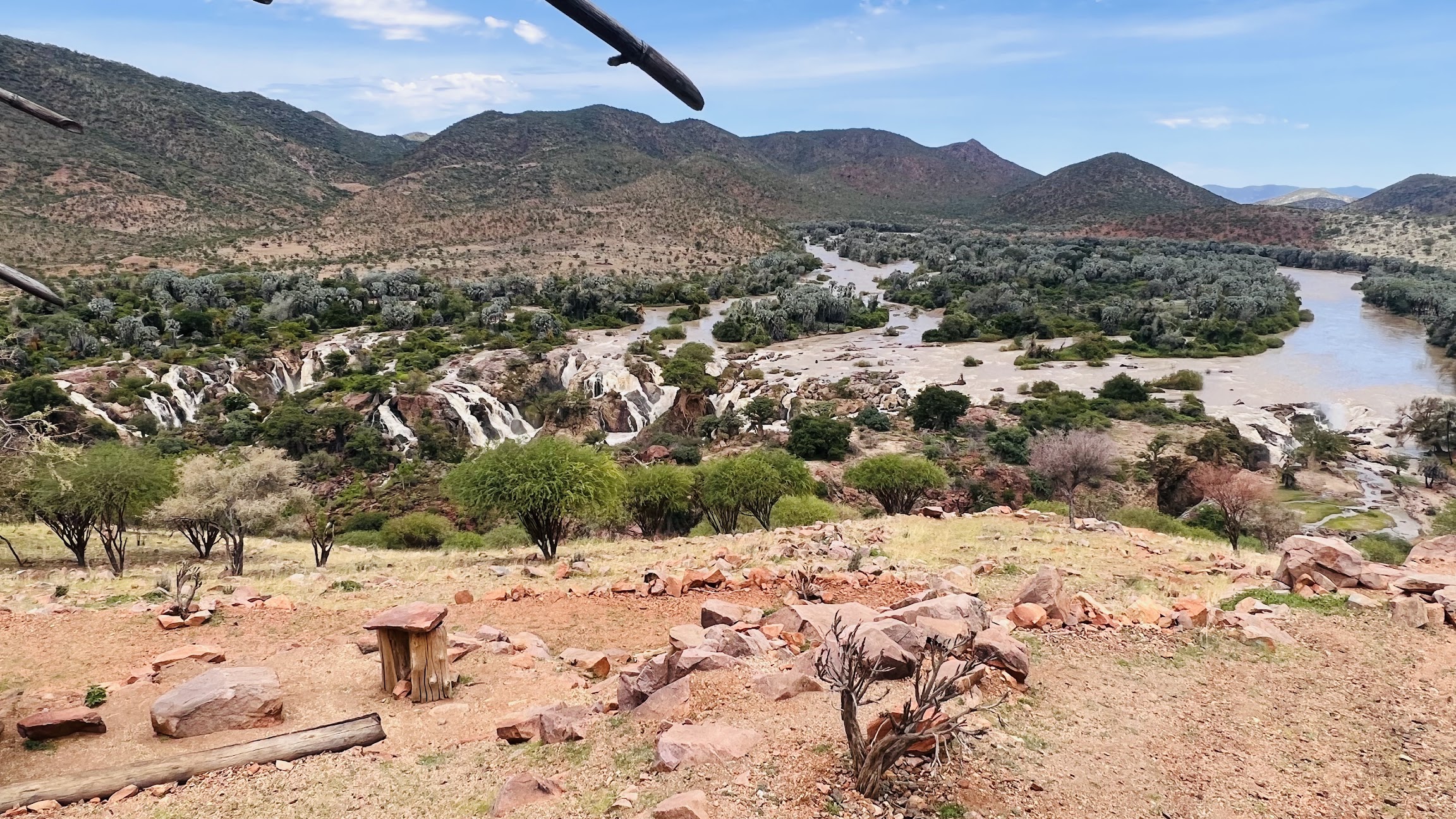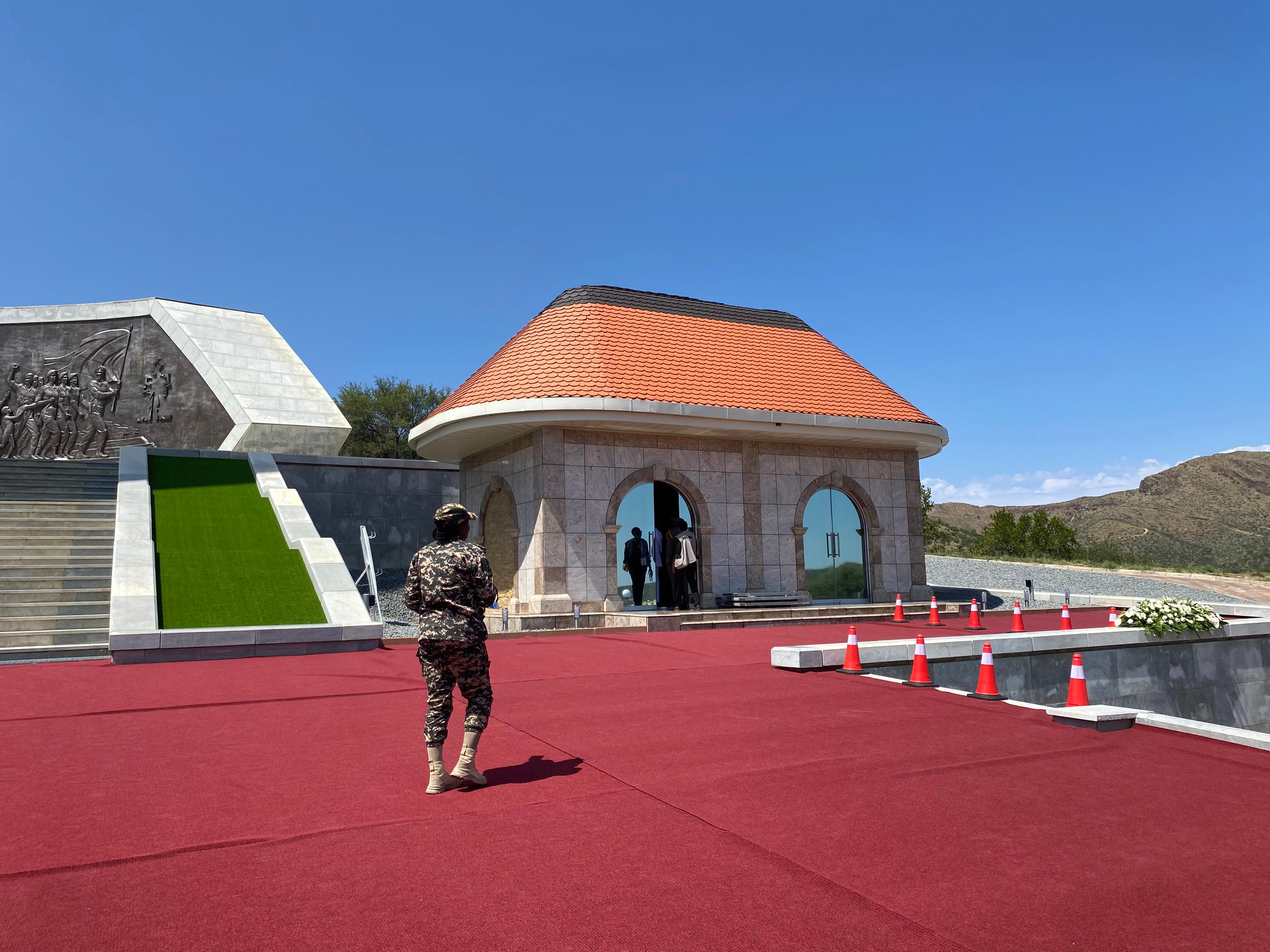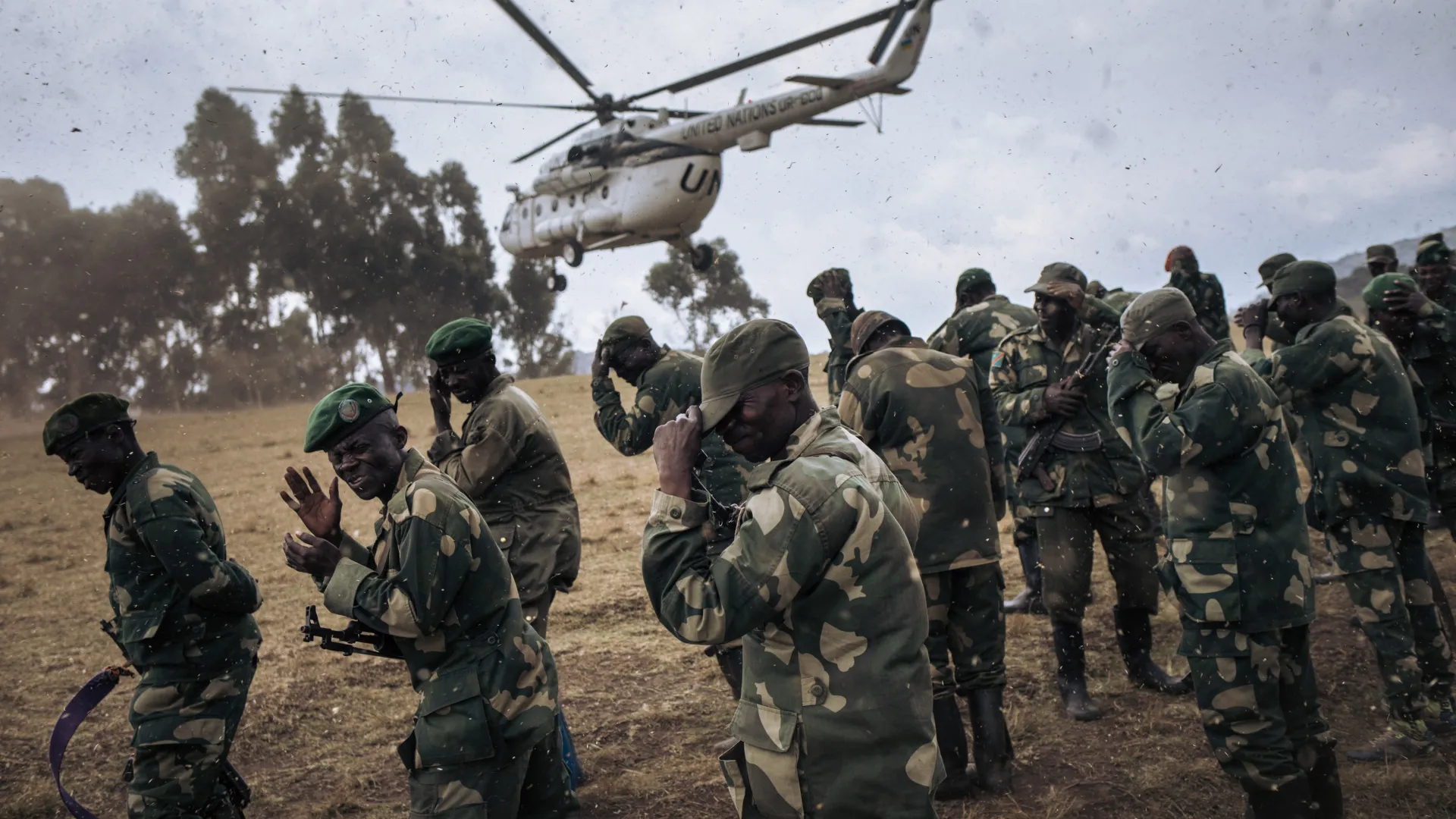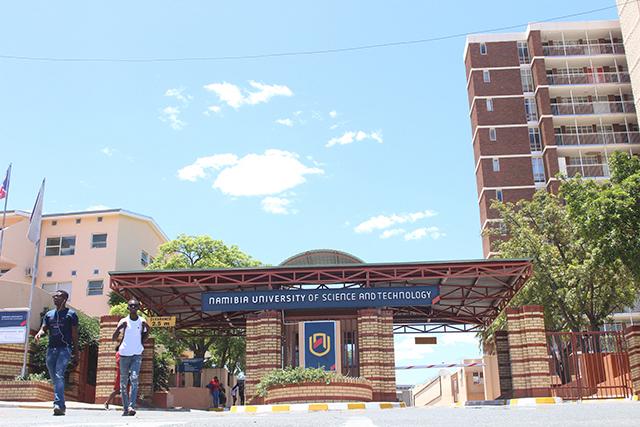Welcome back to our ‘What’s in the Name?’ series, where we look at the history of Namibia2Go’s vehicle names.
Last week, we discovered the origins of Lewerbreek, this week, we shift gears to highlight Henties Bay.
This coastal town, 70km north of Swakopmund, has an interesting history, involving a man by the name of Hentie van der Merwe.
Although the town today is a popular fishing and holiday destination, there wasn’t much to mark the spot when major Hendrik Stephanus van der Merwe came across it in 1929.
After serving in the British army in World War I, Hentie became a car dealer at Kalkfeld.
While on a hunting trip in Angola in 1929, he met up with an acquaintance, game expert James Devilinger.
Devilinger told him that the Pennsylvania museum was looking for a rhino skeleton and was prepared to offer up to £800 for it.
It didn’t take much for Hentie to agree to provide the skeleton.
He returned home to prepare for the expedition and set off for the Brandberg Mountain in his Ford bakkie with three helpers.
After a demanding journey, they eventually came across rhino spoor and were able to track and shoot the animal.
As their water supplies were running low, they loaded the carcass onto the bakkie and drove towards the coast. At Cape Cross they turned south, looking for the Omaruru River mouth where they hoped to find water.
They struggled through the deep sand until they reached a valley a few miles south of the Omaruru River mouth, where they saw a carpet of green reeds, signalling the presence of a spring.
A few days later, the group continued to Swakopmund and the rhino skeleton was shipped to the United States.
The spot near the Omaruru River mouth drew Hentie back and he returned at Christmas time, taking material with him to build a simple wooden hut.
He told others about the place and took friends and family with him on his journeys. Over the years it became a popular holiday destination.
Some people also built little houses, others pitched tents or slept in their vehicles.
It became known as ‘Hentie se baai’ – Hentie’s Bay.
Stay informed with The Namibian – your source for credible journalism. Get in-depth reporting and opinions for
only N$85 a month. Invest in journalism, invest in democracy –
Subscribe Now!









